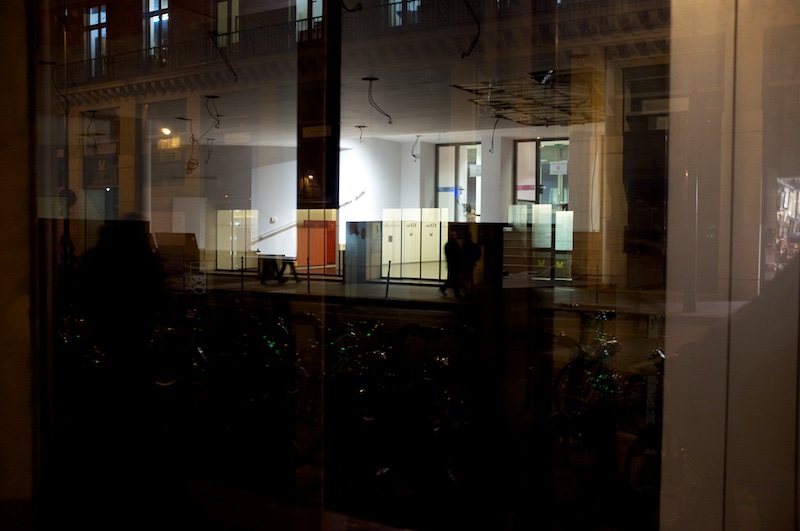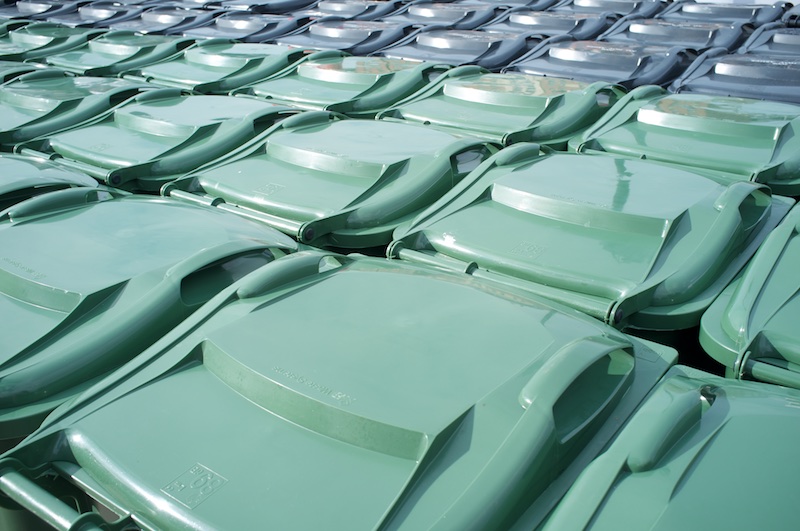BRUNO LAPEYRE
Par Amélie Pironneau, docteur en histoire de l'art et critique d'art, avril 2015
(Première publication : Wall Street International | autres parutions : L'Œil de la Photographie | Paris-Art)
Bruno Lapeyre arpente les rues, appareil photo en main, comme guidé par lui, jusqu'au moment où, en un instant infinitésimal, il faudra presser sur le déclencheur. Dans l'image sera condensé ce point de rencontre unique d'un instant et du réel.
« La plus grande partie de la vie réellement vécue consiste en détails minuscules, en expériences non communiquées et même incommunicables, que rien n'enregistre. » 1
Pour Bruno Lapeyre, la photographie est le moyen de relever ce défi d'enregistrement et de captation des apparences fugitives et éphémères du monde à travers lesquelles se manifeste l'énigme de l'existence. Pour cela, il lui faut donner une représentation directe de la réalité sans recherche du sensationnel qui caractérise l'inflation de l'image dans notre société.
Ce sont précisément les détails, des fragments du réel saisis dans l'espace et le temps qui l'intéressent.
Dans la plupart de ses photographies, il parvient à réduire, voire à supprimer la perspective afin que le regard du spectateur se focalise sur les détails, évitant ainsi une perception hâtive de l'image.
Ce travail est mis en abyme dans une photographie représentant une femme de dos observant de près un tableau au Getty Center. En l'absence de perspective et dans une sorte de suspension du temps, les détails de la robe, du chapeau, des bras de la femme, s'offrent à notre regard, comme le tableau que nous ne voyons pas s'offre au sien, avec une présence particulière.
Bruno Lapeyre photographie les visages, les corps, les individus tels qu'ils sont, saisis dans leur simple présence, dans leurs occupations de la vie quotidienne. Il se dégage de ces photographies une sincérité qui provient de la volonté de l'artiste de se tenir au plus près du réel dans ce qu'il a d'ineffable.
Ce n'est pas un hasard si, dans les clichés où est absente toute présence humaine, ceux-ci tendent vers l'abstraction, à l'instar de la façade vitrée d'un immeuble de bureau ou d'un entrepôt de poubelles. La construction de l'image repose alors sur un jeu de répétition du motif de manière à produire un effet de quadrillage géométrique dans un cas et de saturation de la surface dans l'autre, mis en valeur par la tonalité monochrome.
Là où précédemment l'image était traversée par le mouvement des corps, fait place une représentation figée d'un monde réifié, celui de notre contemporanéité.
Les photographies de Bruno Lapeyre en questionnent les multiples formes.
(1) Lewis, C.S, cité par André Chastel dans Fables, formes, figures, Paris, Flammarion, 1978, pp.18-19.
Bruno Lapeyre roams the streets waiting for the moment when, as if guided by the camera he holds in his hands, he will press the shutter. The resulting image will capture the unique encounter between the split second when the photo was taken and reality.
“The greatest part of real life is made up of tiny details, of undisclosed, perhaps even non-disclosable, experiences that are never recorded.”1
For Bruno Lapeyre photography is the way to capture and record those ephemeral and fleeting aspects of the World in which the meaning of life can be glimpsed.
For that he needs to produce an honest representation of real life, stripped of the dramatic overtones that characterise the increased importance of images in our society today.
It is precisely these details, the fragments of reality caught in space and time that interest him. In the majority of his photographs he manages to reduce, sometimes even remove, perspective so that the eyes of the viewer are drawn towards the details avoiding a too hasty appreciation of the image.
This work is mirrored in a photograph showing a woman viewed from behind closely examining a painting in the Getty Centre. With no visible perspective and as if frozen in time, the details of her dress, her hat and her arms are given a special presence and are offered up to the spectator in the same way as the painting that we cannot see is offered up to her.
Bruno Lapeyre photographs faces, bodies and people as they are, capturing their simple presence as they go about their everyday lives. The sincerity which comes from the artist’s wish to adhere closely to reality in all its ineffableness is palpable in these photographs.
It is no accident that the photographs devoid of any human presence verge on the abstract as illustrated by that of an office block’s glass façade or of a dustbin warehouse. In the first example, the construction of the image relies on the repetition of a motif producing a geometric grid pattern effect and in the second, on a saturation of the photograph’s surface enhanced by the monochrome tones.
The movement of bodies that traversed the images that came before is replaced by the static representation of a reified world that is our contemporaneousness.
Bruno Lapeyre’s photographs question the multiple forms of this contemporaneousness.
1. C.S, Lewis, as quoted by André Chastel in “Fables, Formes, Figures” Paris, Flammarion, 1978, pp.18 to 19.



